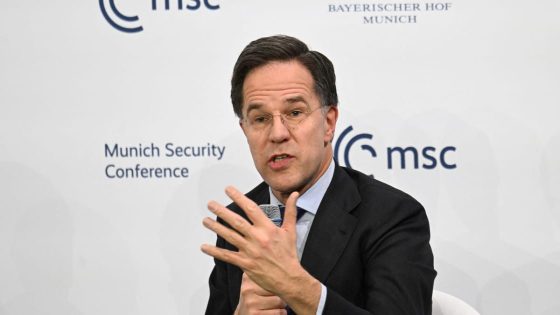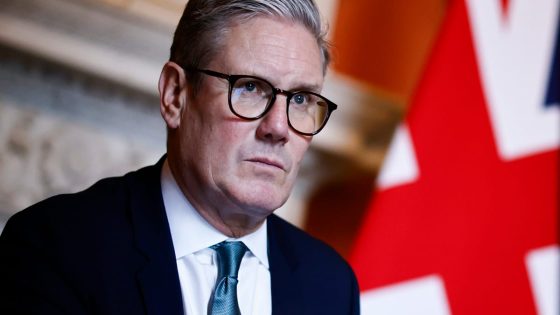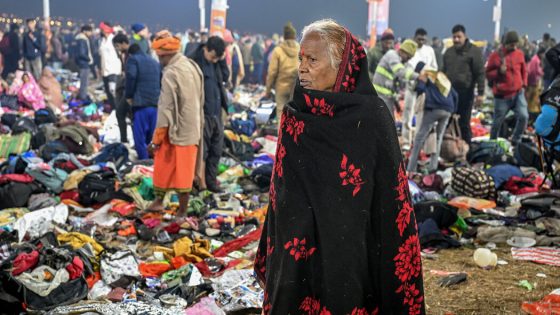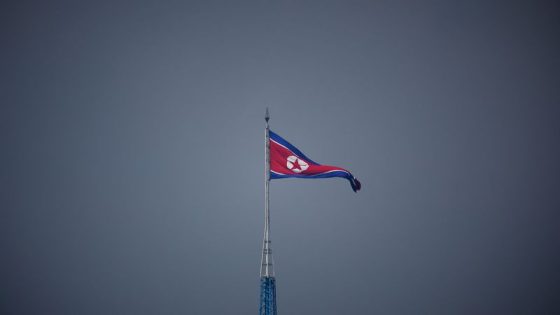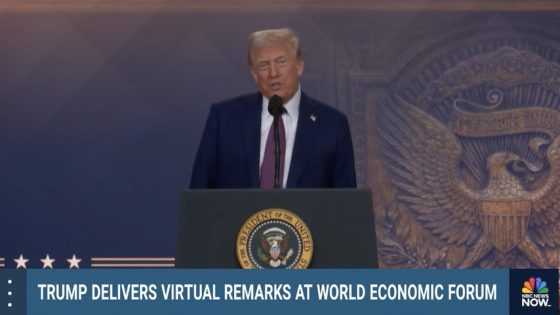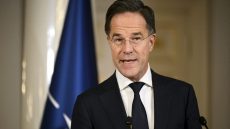NATO leaders are expected to agree on a new spending target at their summit in June 2025 in The Hague. Dutch Prime Minister Mark Rutte emphasized that the alliance’s budget goal will likely exceed 3 percent, necessitating a shift in priorities towards defense spending over social programs.
- NATO leaders' summit set for June.
- Budget goal prioritizes defense spending.
- Europe lacks air defense and long-range missiles.
- U.S. seeks rebalancing in NATO contributions.
- Washington's commitment to NATO remains strong.
- Peace talks on Ukraine involve complex negotiations.
As NATO prepares for its upcoming summit, discussions surrounding defense spending are intensifying. Rutte noted that the alliance is facing significant gaps in military capabilities, particularly in air defense systems, long-range missiles, and tanks. He stated that Europe and Canada have underfunded defense for decades, especially since the end of the Cold War, and that the U.S. is advocating for a more equitable distribution of military expenditures among NATO members.
Key points regarding NATO’s defense spending include:
- The U.S. contributes over 50 percent of NATO’s GDP.
- Rutte indicated that prioritizing defense spending will require difficult budgetary decisions.
- The alliance is setting new capability targets to guide future investments.
Rutte also addressed recent comments from U.S. Defense Secretary Pete Hegseth, who suggested that European allies should not assume America‘s military presence is guaranteed indefinitely. Despite these remarks, Rutte affirmed a strong commitment from the U.S. to NATO. Furthermore, discussions regarding peace talks to resolve the ongoing conflict in Ukraine remain complex, with Rutte asserting that any resolution should prevent further territorial gains by Russia.
In conclusion, NATO’s upcoming summit in June 2025 will focus on establishing a new spending target that exceeds 3 percent, reflecting the alliance’s recognition of the need for increased military investment. The discussions will address essential military gaps and reaffirm U.S. commitment to NATO amidst evolving global security dynamics.



